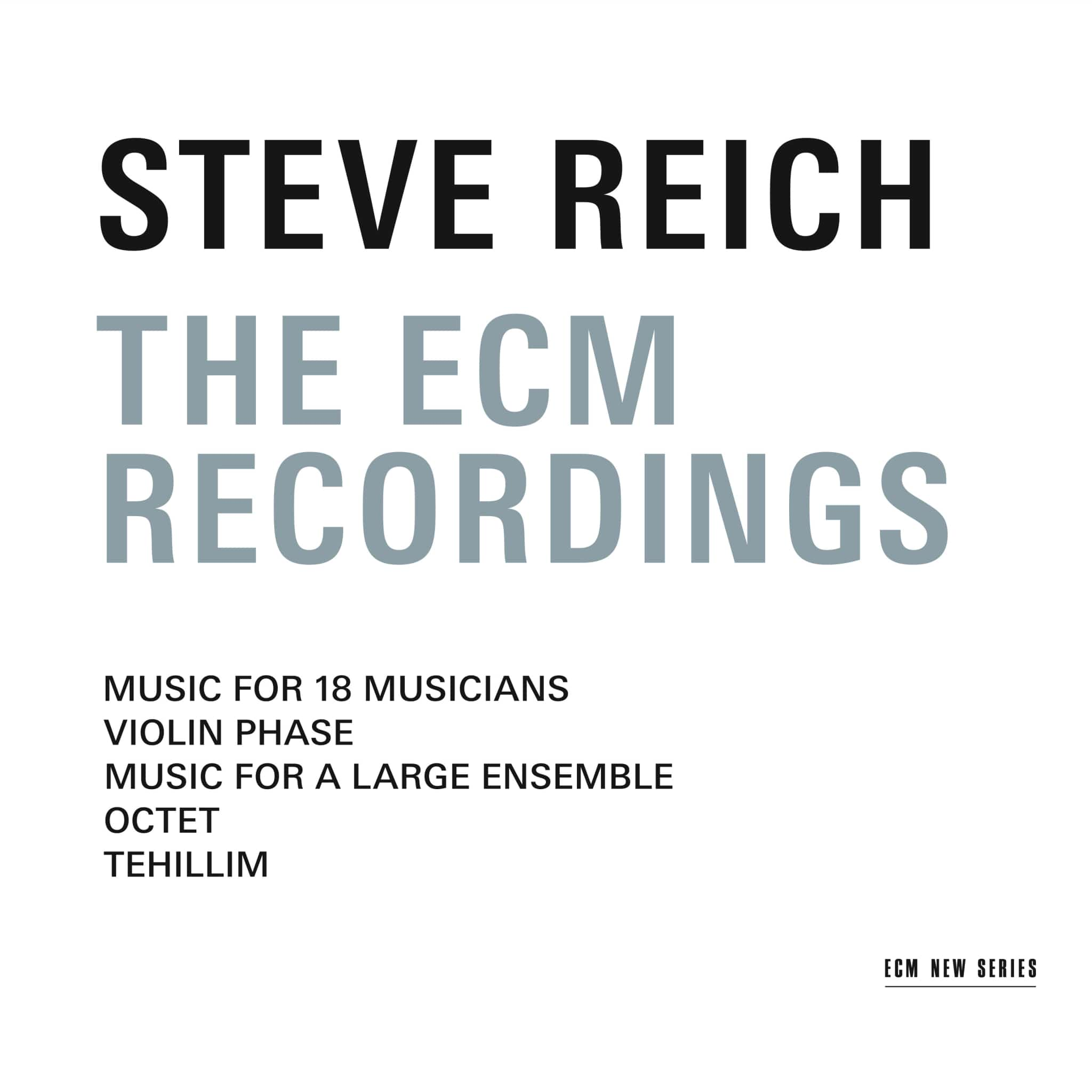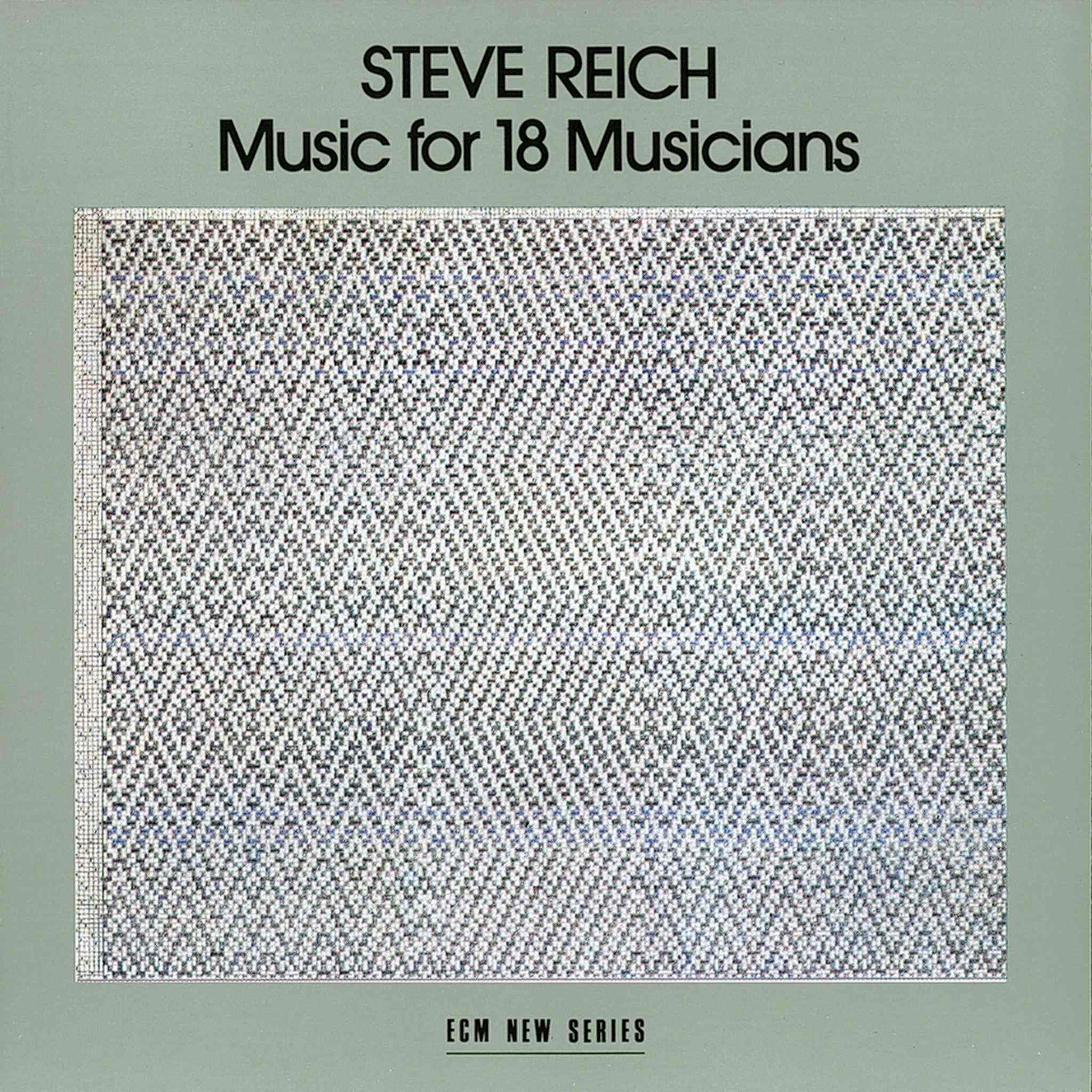Album insights
Before Franz Liszt's meteoric rise, Johann Nepomuk Hummel (1778–1837) and Ignaz Moscheles (1794–1870) were commonly regarded as benchmarks for piano virtuosos. Renowned teacher Friedrich Wieck, father of Clara and begrudging father-in-law of her fiancé Robert Schumann, took it upon himself in 1830 to develop a 20-year-old Robert into a pianist who could play with even greater warmth and empathy than Moscheles and even more grandly than Hummel. Contemporary accounts depict the balance and sophistication of the sound in Hummel's piano playing in the 1820s and 1830s, at the peak of his development when he had been performing publicly since 1787 as a prodigy and student of Mozart. Moscheles, who began his career around 1808 in Vienna (where he was fascinated by Beethoven) and continued until his last teaching years in Leipzig, was admired for the clarity of his touch and the sharp, incisive tone. Charlotte Moscheles, who edited her husband's letters and diaries, claimed that "credible companions" believed "Hummel had velvet under his fingers, from which his running passages unrolled like strings of pearls, whereas Moscheles, through an overflowing bravura and the youthful enthusiasm of his playing, swept everything along involuntarily." These qualities are evident in the sonatas recorded here.
Hummel always preferred a lightly sounding Viennese piano, the kind he grew up with. In contrast, Moscheles had access to richer and louder pianos that were emerging on the market during that time. After his stay in London between 1825 and 1846, he favored Clementi grand pianos, occasionally playing on the louder Erard instruments. These were well-suited for the more romantic style that had permeated his own music and fostered friendships with Spohr and Chopin, especially with Mendelssohn and Schumann. Reviewing a concert in 1835, Schumann wrote that Moscheles and Mendelssohn not only played like two masters but like two friends. He likened them to a pair of eagles, one soaring up and the other descending, circling each other in large loops. As a boy, Schumann had admired Moscheles, whom he later dedicated his Piano Sonata Op. 14 to. Moscheles had heard young Clara interpret a Schumann sonata. In private circles, Moscheles described the work as somewhat contrived and overly personal, but also interesting. Nevertheless, he accepted the dedication of Sonata Op. 14 (often called "Concert sans orchestre") and reciprocated with a dedication of his own Cello Sonata in E major, prompting Schumann to write a joyful thank-you letter:
"You have given me joy and honor by dedicating your sonata to me; it serves as an encouragement for my own endeavors, in which you have always taken a friendly interest. When, completely unknown to you, I kept a concert program you had touched as a relic for a long time, over thirty years ago in Karlsbad, how I dreamed of being honored by such a famous master in this way. Accept my heartfelt thanks for it!"
Moscheles' Cello Sonata, his second, was composed in 1850-51 and published as "Sonata for Piano and Cello" Op. 121. The separate mention of the piano in the title follows a Classical tradition (also followed by Mozart and Beethoven). However, while Moscheles' first sonata was printed as "Grand Duo concertant for Piano and Cello or Bassoon" and prioritized the piano and Moscheles' virtuosity, the current work treats the two performers equally. In 1851, Moscheles wrote:
"I have earnestly engaged in composing a sonata for piano and cello, and the art, dear art, stood by my side as a comforter... In work, I forgot all worry; I desired to be cheerful, the music to be fresh. I have already played it with [Julius] Rietz and [Friedrich] Grützmacher... I am not thinking of publishing; I prefer to let my things rest for a while, to mature, so that after the initial heat of creation, I can refine them further."
The introductory Allegro, as suggested by the added performance notes, is both expressive and passionate, characterized by robust piano writing. The movement traverses a wide harmonic field with excursions into keys a third apart from the home key of E major, first G-sharp major (notated as A-flat major for convenience) and then C major. This sequence explores important harmonic relationships that had developed into a significant part of Romantic harmony understanding by the mid-19th century. The Scherzo's subtitle, ballabile, points to the dance-like character of the movement, alternating between E major and E minor. A delightful section labeled tranquillo adds to the charm. Following this, the piece reinforces the major key. For his third movement, Moscheles penned a ballade labeled "in the Bohemian manner." Born in Prague, Moscheles fondly recalled his childhood in the city throughout his life. The rhythmic leap in the melody—a short accented note followed by a long one—is typical of Bohemian folk music. The movement also follows a Dumka form, at least as interpreted by Western musicians. In the alternating fast (Allegretto) and slow (Andantino) sections, Moscheles crafted a type of variation rondo interspersed with sparkling piano passages. Similar elements come together in the final movement to form a free rondo—a bustling, virtuosic section brimming with warm and lyrical melodies.
In a way, Moscheles also paved the way for early music, striving to generate broad interest in composers he believed were unjustly forgotten. In his London "Historical Soirées" in 1837, he included works by Bach and Handel and even played pieces by Scarlatti on a Broadwood harpsichord from 1771. In 1864, he published a collection of so-called "Melodic-contrapuntal Studies," where he took ten preludes from Bach's Well-Tempered Clavier and added an obligate cello part. Drawing inspiration from Mendelssohn and Schumann, as well as considering the accompaniments those composers added to Bach's solo violin works, he stated, “whose golden shimmer enhances its effect, so I dare to give the preludes a new characteristic by my accompanying composed voice, a modern hue through melodics, and a concert effect through contrapuntal means, thereby making the splendid preludes accessible to the layman and the larger audience in general.” Moscheles' No. 4 is based on Bach's WTC II No. 7 in E-flat major (retaining the original keys). No. 8 also borrows from the second book, specifically WTC II No. 6 in D minor. Initially, the cello imitates the original before a singing melody takes over. No. 9 draws from WTC I No. 4 in C-sharp minor where a songlike cantilena leads the way.
Hummel's Cello Sonata hails from his later creative phase when, despite numerous concert tours to France, Poland, and Russia, he enjoyed a comfortable life as a Kapellmeister in Weimar, where he settled in 1819. Visitors to the city, where Grand Duchess Maria Pavlovna, daughter of the Russian czar and former composition student of Hummel, resided, came to meet both Hummel and the aging Goethe. In January 1824, Hummel wrote a letter to the Grand Duchess and dedicated a piece to her, initially named "Grande sonate pour Pianoforte et Violoncelle" in the first edition. The added notation for the introductory Allegro, amabile e grazioso, actually characterizes the entire piece. It serves more as a work for collaboration than for virtuosic display: friendly and graceful. The cello melody at the beginning is enveloped by the piano. In the charming Romanze, the piano initiates, with its melody gradually varied later on. The middle section exudes confidence. As seen in the concluding Rondo, at times it seems as if Hummel looks back to the beginning of his extensive career, beyond his successes as a virtuoso, back to his classical origins. However, the lively, extroverted closing pages serve as a reminder that Hummel was indeed one of the most exuberant and impressive pianists of his time.



